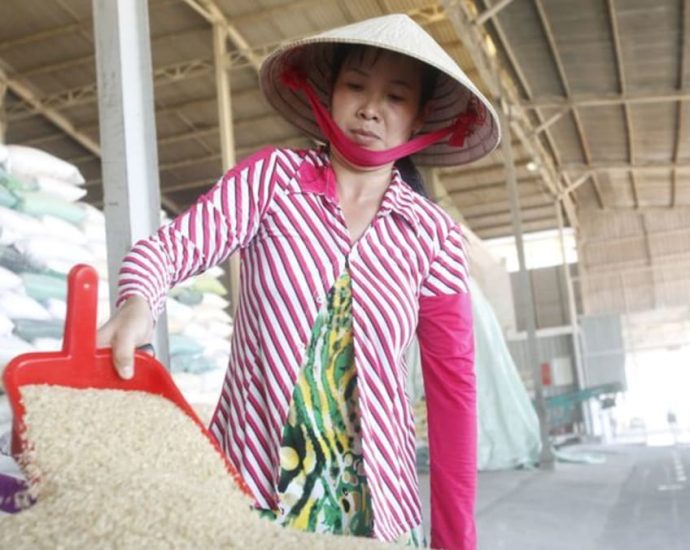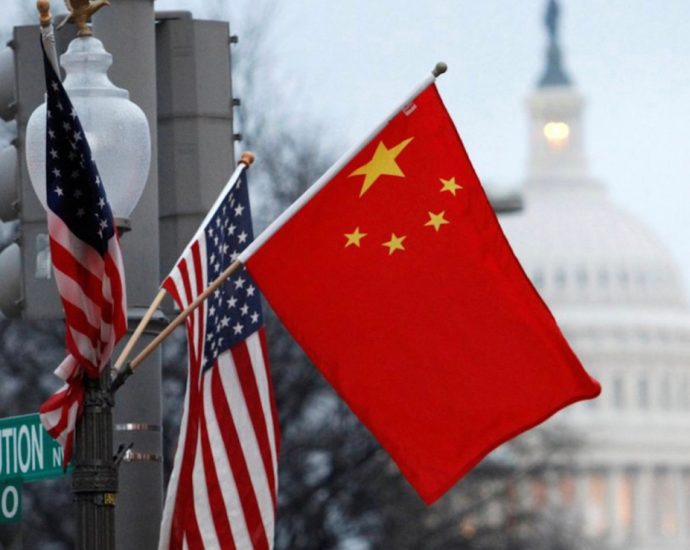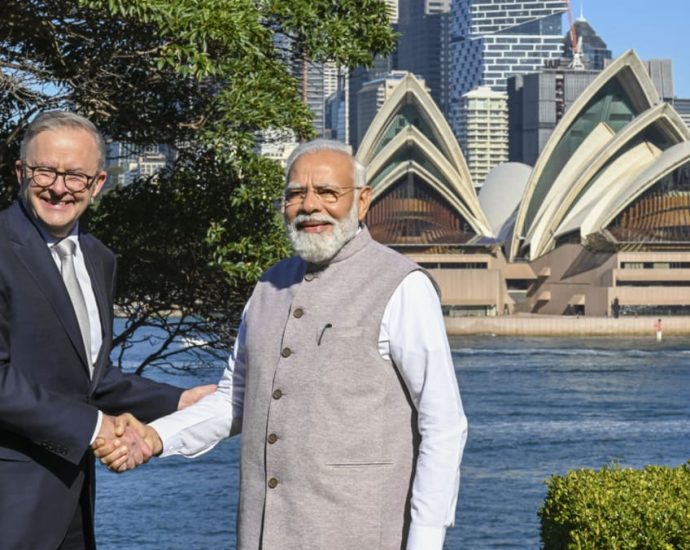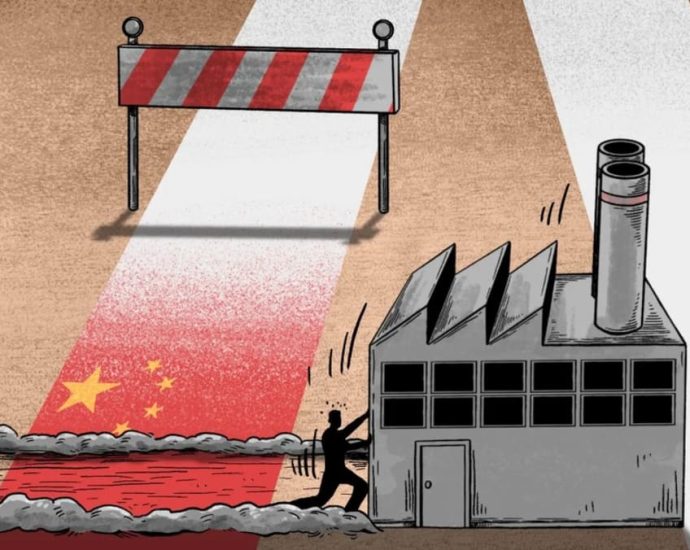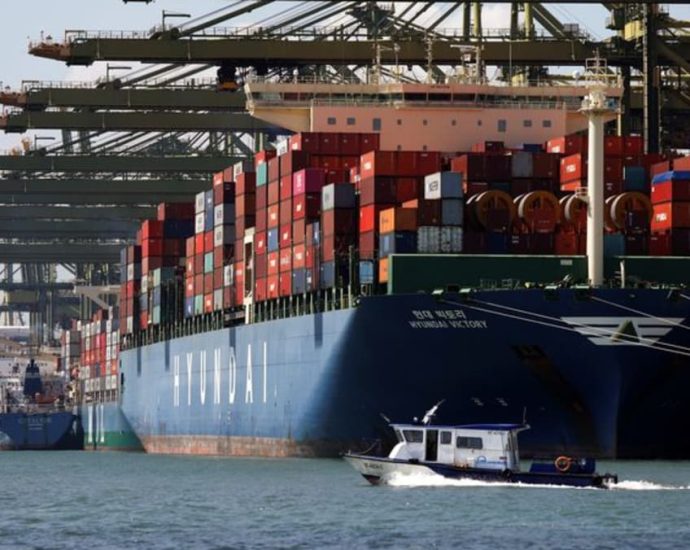Govt marks twin Thai export feats

The United States will begin importing Thai pomelos next month while Australia has given the green light to import cooked duck from the kingdom after years of negotiation, according to the Ministry of Agriculture and Cooperatives.
Rapeepat Chantarasriwong, director-general of the Department of Agriculture, said the US has for the first time approved the import of irradiated fresh pomelos from Thailand without any restriction on strains. The flavour and colour of Thai pomelos would impress American consumers, he said.
Pomelo is the eighth Thai fruit to win import approval from the US. The country previously endorsed the import of Thai mango, mangosteen, rambutan, longan, lychee, pineapple and dragon fruit.
Currently, Thailand can export fresh pomelos to 30 countries, with China and Malaysia as primary markets. Last year, Thailand exported about 1 million tonnes of pomelos worth about 45 million baht. The first lot of Thai pomelos to the US is expected to be delivered by air next month. The US requires Thai pomelos to meet Good Agricultural Practice and Good Manufacturing Practices standards.
Meanwhile, Prayoon Insakul, permanent secretary for agriculture and cooperatives, said Australia also agreed to import cooked duck from Thailand after seven years of negotiation. The approval from Australia’s Department of Agriculture, Fisheries and Forestry took effect on May 16. Mr Prayoon expects Thailand to start exporting cooked duck to Australia next month. The exports would initially be about 1,200tn worth about 400 million baht, he said.




